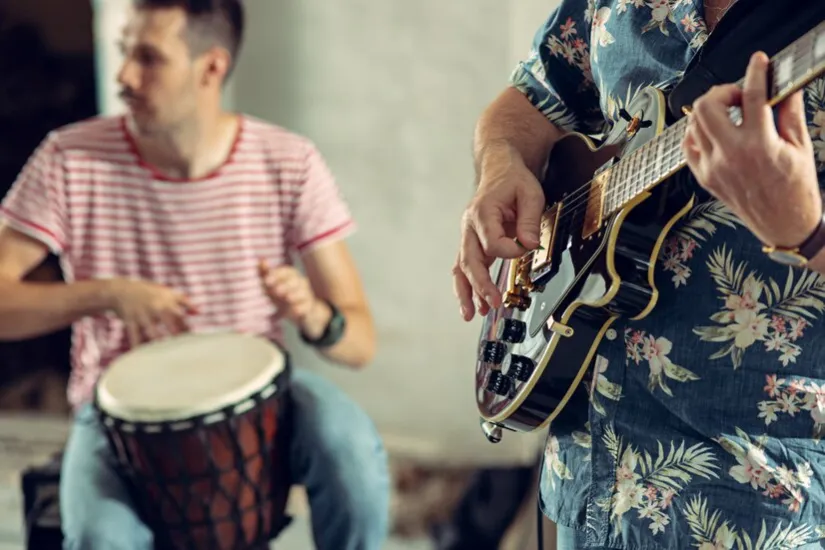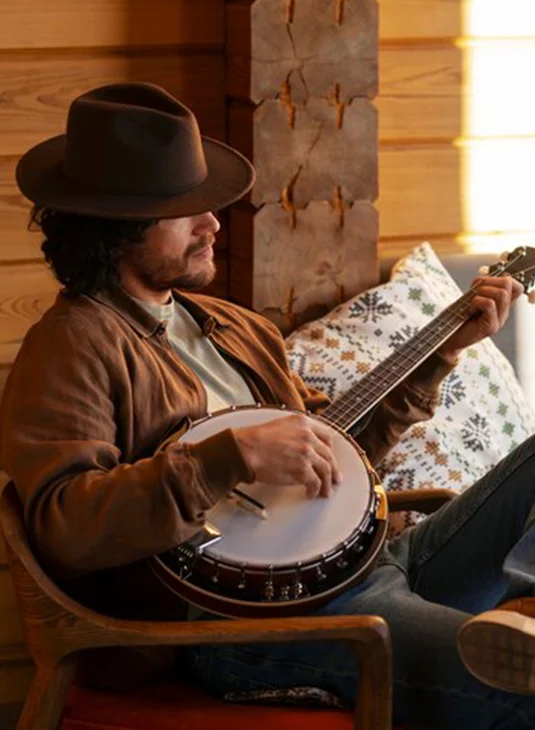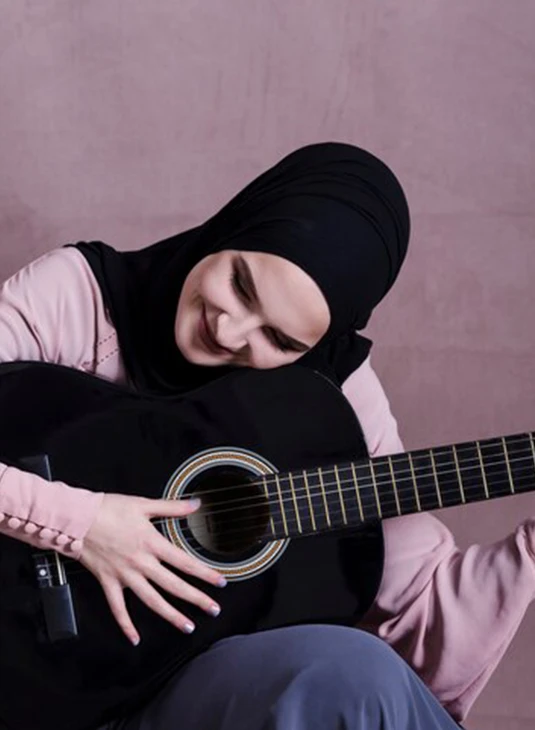Persian Music & Entertainment
Home » Persian Music & Entertainment

- Persian Music & Entertainment
Exploring Persian Music & Entertainment: A Cultural Symphony
Persian music and entertainment represent a vibrant and integral part of Persian culture, weaving together a rich tapestry of traditional melodies, modern influences, and dynamic performances. This blog delves into the evolution of Persian music, its various genres, and the role of entertainment in Persian society, offering an insight into why these cultural elements are cherished worldwide.
The Rich Legacy of Persian Music
Persian music boasts a deep-rooted tradition that spans centuries, reflecting the diverse cultural history of Persia (modern-day Iran). Its evolution from classical compositions to contemporary styles showcases a profound artistic heritage.
Classical Persian Music
Classical Persian music, known for its intricate melodies and rhythms, is characterized by the use of traditional instruments such as the tar, santur, and setar. This genre is often performed within the context of a radif, a collection of melodic patterns passed down through generations. The radif system serves as the foundation for improvisation and composition, allowing musicians to create unique performances while adhering to established musical frameworks.
The influence of classical Persian music extends beyond the borders of Iran, impacting the musical traditions of neighboring regions. This historical exchange has enriched Persian music, introducing new styles and techniques while preserving its core elements.

Modern Adaptations and Genres
In contemporary times, Persian music has evolved to include a variety of genres, blending traditional sounds with modern influences. Pop music, often referred to as Persian pop or “Iranian pop,” incorporates Western musical elements while maintaining a distinct Persian identity. Artists like Googoosh and Ebi have gained international acclaim for their contributions to this genre, reflecting the adaptability of Persian music to global trends.
Folk music also remains a vital part of Persian culture, celebrating regional traditions and stories through song and dance. This genre encompasses diverse styles, from the lively rhythms of Kurdish music to the soulful melodies of Luristan, each offering a unique glimpse into the cultural landscape of Persia.
The Role of Entertainment in Persian Culture
Entertainment plays a significant role in Persian culture, serving as a means of socialization, cultural expression, and artistic exploration. Persian theater, cinema, and television contribute to the vibrant entertainment landscape, reflecting societal values and artistic innovation.
Persian Theater and Cinema
Persian theater, with its roots in ancient storytelling traditions, continues to thrive through modern performances. Theatrical productions often explore themes of social justice, historical events, and human emotions, offering audiences a platform for reflection and engagement.
Persian cinema has also gained recognition on the international stage, with directors like Abbas Kiarostami and Asghar Farhadi earning acclaim for their thought-provoking films. These filmmakers address contemporary issues while drawing on Persian cultural motifs, creating a cinematic dialogue that resonates with audiences worldwide.

Television and Digital Media
The rise of television and digital media has transformed the landscape of Persian entertainment, making it more accessible to a global audience. Persian television channels and streaming services offer a diverse range of programming, including dramas, comedies, and music shows. This proliferation of media platforms allows Persian entertainment to reach new audiences and maintain cultural relevance in a rapidly changing world.
Conclusion
Persian music and entertainment offer a rich and dynamic reflection of Persian culture, blending traditional elements with modern influences. From the classical intricacies of Persian music to the innovative storytelling of Persian cinema and television, these cultural expressions continue to captivate and inspire. By exploring the depth and diversity of Persian music and entertainment, we gain a greater appreciation for the artistic heritage that defines Persia’s cultural landscape.
Frequently Asked Questions (FAQs) About Persian Music & Entertainment
1. What types of music are popular in Persian culture?
Persian music includes classical, folk, pop, and traditional styles, each with unique instruments and rhythms.
2. Who are some famous Persian musicians?
Notable Persian musicians include Googoosh, Mohammad Reza Shajarian, Ebi, and Faramarz Aslani.
3. Where can I listen to Persian music online?
Persian music can be found on streaming services like Spotify and Apple Music, as well as on YouTube and specialty music sites.
4. What instruments are commonly used in Persian music?
Common instruments include the tar, santur, kamancheh, and daf.
5. Are there Persian music festivals?
Yes, Persian music festivals are held both in Iran and internationally, celebrating traditional and contemporary Persian music.
6. What are Persian dance forms?
Popular Persian dance forms include classical Persian dance, folk dances, and contemporary styles.
7. Can I find Persian music videos online?
Yes, Persian music videos are widely available on YouTube and music streaming platforms.
8. What is the significance of Persian music in cultural events?
Persian music plays a key role in festivals, weddings, and ceremonial occasions, reflecting cultural heritage and traditions.
9. How can I learn to play a Persian musical instrument?
You can learn by taking music classes, finding online tutorials, or studying with a local teacher specializing in Persian instruments.
10. What is Persian cinema known for?
Persian cinema is known for its artistic storytelling, unique perspectives, and influential directors, with films often addressing social and cultural themes.